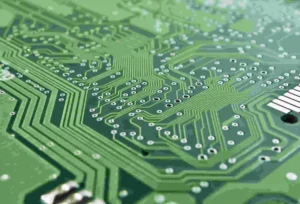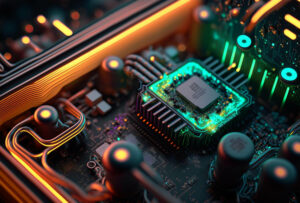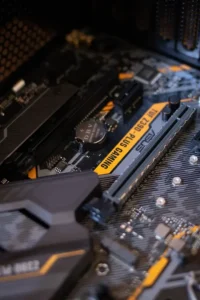Physical design engineer: Yet another complicated post but a simplified approach to become one. For a better understanding, first, let’s look into the job profile and prerequisites of a physical design engineer!
A physical design engineer builds circuit layouts for processors and controller architectures. Their job is to design circuits, optimize circuit outputs and resolve issues. Now the question is, why should you follow our simplified approach? Is it even simplified? Let’s find out!
Physical design engineer: all you need to know:
To kick start the process, a bachelor’s degree in the following courses might help.
- Electronic and computer engineering
- Electronics and communication engineering
- Electrical engineering
A bachelor’s degree might give you an understanding of computers and engineering but it’s not enough.
The next step is to have an analytical study of analogue electronics, VLSI with a special focus on MOS transistors and the ASIC design flow. Things that need to be included:
- Physical Design Flow
- STA (Static Timing Analysis)
- Physical Verification
- Small-signal analysis
- Understanding of EDA tools
- Practical Lab experience
- Stronghold on digital electronics
Also, advanced proficiency in HDL languages like Verilog plays a vital role.
To bring all these requirements to your very doorstep, we have brought to you a certified licensed physical design engineer course series. It not only covers the above-mentioned requirements but also offers many more associated tools and techniques.
The physical design engineer course is specifically planned and delivered by experts with an average experience of 10+ years of expertise using Synopsys tools and online lab access. We also offer 100% placement assistance. The duration of the course is 16 weeks.
The module-specified lecture series and hand in hand labs conduction helps provide a better understanding of concepts. Also, the flexible learning with lab access from home facilitates in emphasizing on lab driven hands-on training and ultimately results in building the crux of the job.
VSLI Tools:
Synopsys tools:
- Synthesis: design compiler topographical
- Physical design: IC Compiler 2 (ICC2)
- RC extraction: star RC
- Physical verification: IC validator
- Static timing analysis (STA): prime time SI
Technology libraries to be used:
- 14nm FINFET libraries
Check out our brochure for physical design engineer for a better course outline and overview. Here’s a simple and concise guide to learn the most in-demand skill of the industry. Stay tuned for more articles and information!













